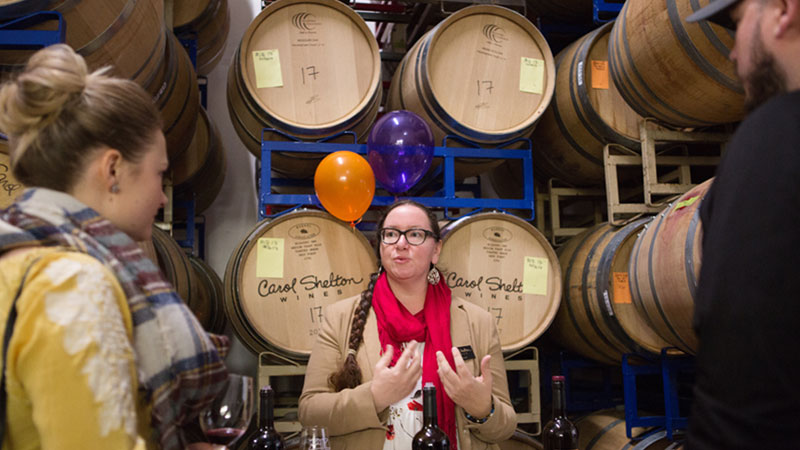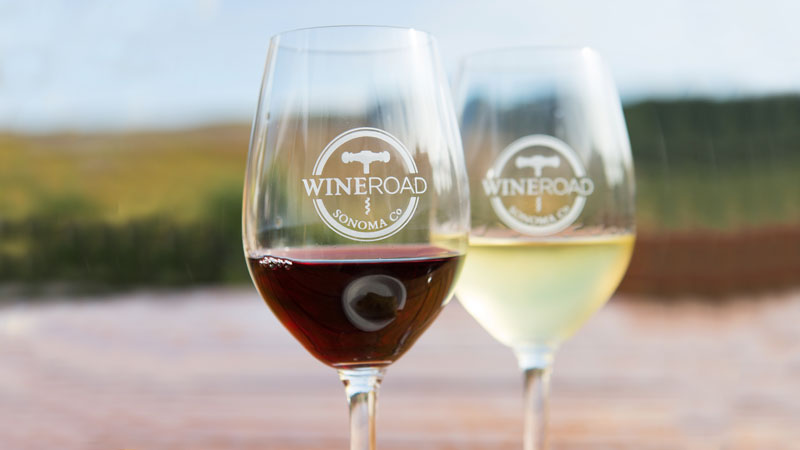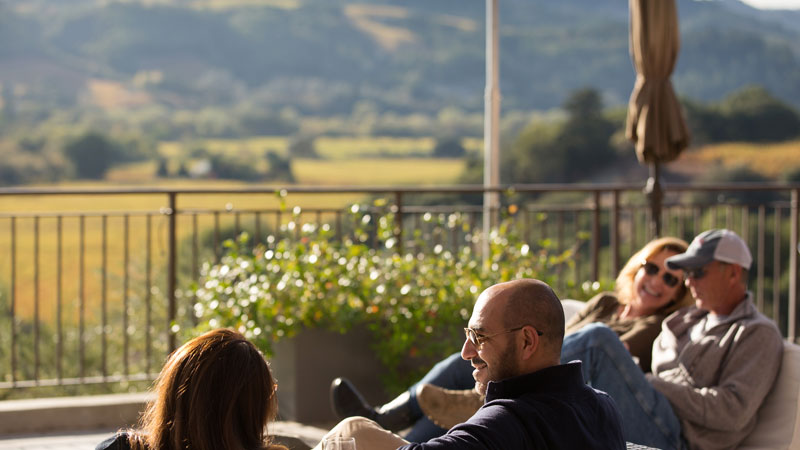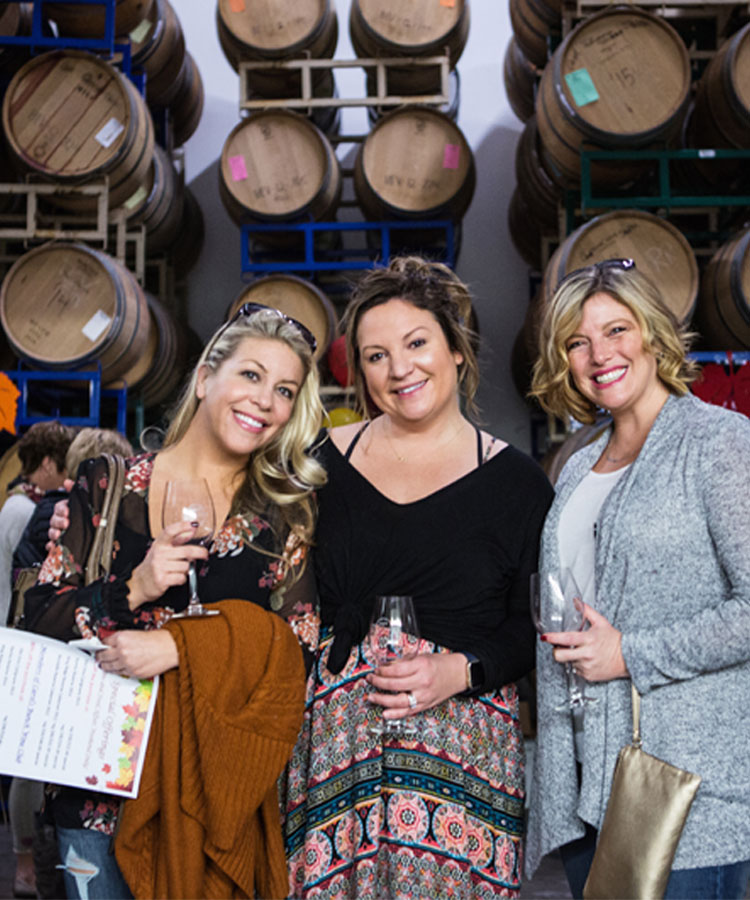
You’ve done the wine tours and counter tastings, but, until you’ve barrel tasted, you haven’t really lived.
Normally, a consumer’s first taste of any given wine is the finished product. Barrel tasting gives you not only a sneak peek into what’s to come, but also a unique chance to meet the winemaker, lock in futures, and gain a whole new perspective on the winemaking process.
“Barrel wine is so different in that [the wines are] very young. They can make you pucker with their tannins but you can taste where it’s going to go based on what the winemaker tells you,” Debbie Osborn, events manager for Wine Road Sonoma County, an organization of nearly 200 wineries and lodgings in Northern Sonoma County, says. Wine Road Sonoma County has been around for 42 years and hosts an annual Wine Road barrel tasting. “It’s a great event to learn about wine and the winemaking process,” Osborn says.
What Is Barrel Tasting?
Glad you asked. Barrel tasting is when a winemaker opens up his or her barrels and samples wines that are aging for the consumer. This takes place during the secondary fermentation, when the wine is being aged in barrels — before wine ever makes it into the bottle.

In the case of Wine Road, its event is the longest-running barrel tasting event in the country and started with only eight wineries in 1978. It has grown to nearly 100 new and returning wineries from across three AVA’s (Alexander, Dry Creek, and the Russian River Valley), and guests are invited to visit a curated list of some of Sonoma County’s best wineries.
Guests travel from winery to winery tasting young wines straight out of the barrels. How far along in the wine’s “growing” process depends on the winemaker themselves. Often times wineries pour what’s in the barrel along with the current vintage so you can get an idea of how the wine will evolve.
In addition to tasting from the barrels, visitors have the opportunity to talk to the winemakers about how the wine is made, and how it will finish at the end of the process.
With the wine harvest typically running from late August through October, barrel tastings happen the following spring. So, if you’re barrel tasting this March, you’re most likely trying 2018 grapes whose wine will be hitting shelves in 2019. Pretty cool, huh?
What Are the Perks of Barrel Tastings?
Whether you’re a wine novice or expert, one of the best parts about barrel tasting is that you get a firsthand look into how winemaking works, down to what the weather was like while the grapes were growing. Consumers venture into the cellars to see where the magic happens.
“Even if you know everything about wine, every vintage is different,” Osborn says. “I attended barrel tasting as a guest before working for Wine Road and for me, it taught me about the different structures of wine. It’s more of an educational experience.”
It’s also a chance for consumers to get to know the winemaker — an opportunity you can’t get during regular tastings and tours.

“Every winemaker does it differently. They all have a story,” Osborn says. “They love barrel tasting because they get to meet the customer and create relationships. They get to tell them about the work they’re putting into the wine.”
And then there are the futures. This is the consumer’s chance to purchase wine often at a discount (we’re talking up to 25 percent), and then receive the wine once bottled. Many wines are so limited, buying futures is your only chance to purchase.
How To Barrel Taste Like a Pro
While it might be fun to picture sticking your head under a tap, barrel tasting is a much more civilized process. A wine thief is used to fill consumers’ wine glasses with 1-ounce pours. Each winery offers a minimum of three samples, with some offering as many as six to eight.
In terms of planning your own wine adventure, a little research goes a long way. Start by looking up the wineries producing varietals you’re interested in, suggests Osborn. Aim to visit four to six wineries per day, spending at least an hour at each.

“Look at the grounds, meet the people, taste the wines,” Osborn says. “Have a plan, but be open. A hidden gem could end up being your new favorite winery.”
Osborn also advises bringing water and pack a picnic. And, most importantly, she reminds you to have a designated driver.
This article is sponsored by Wine Road Sonoma County.
